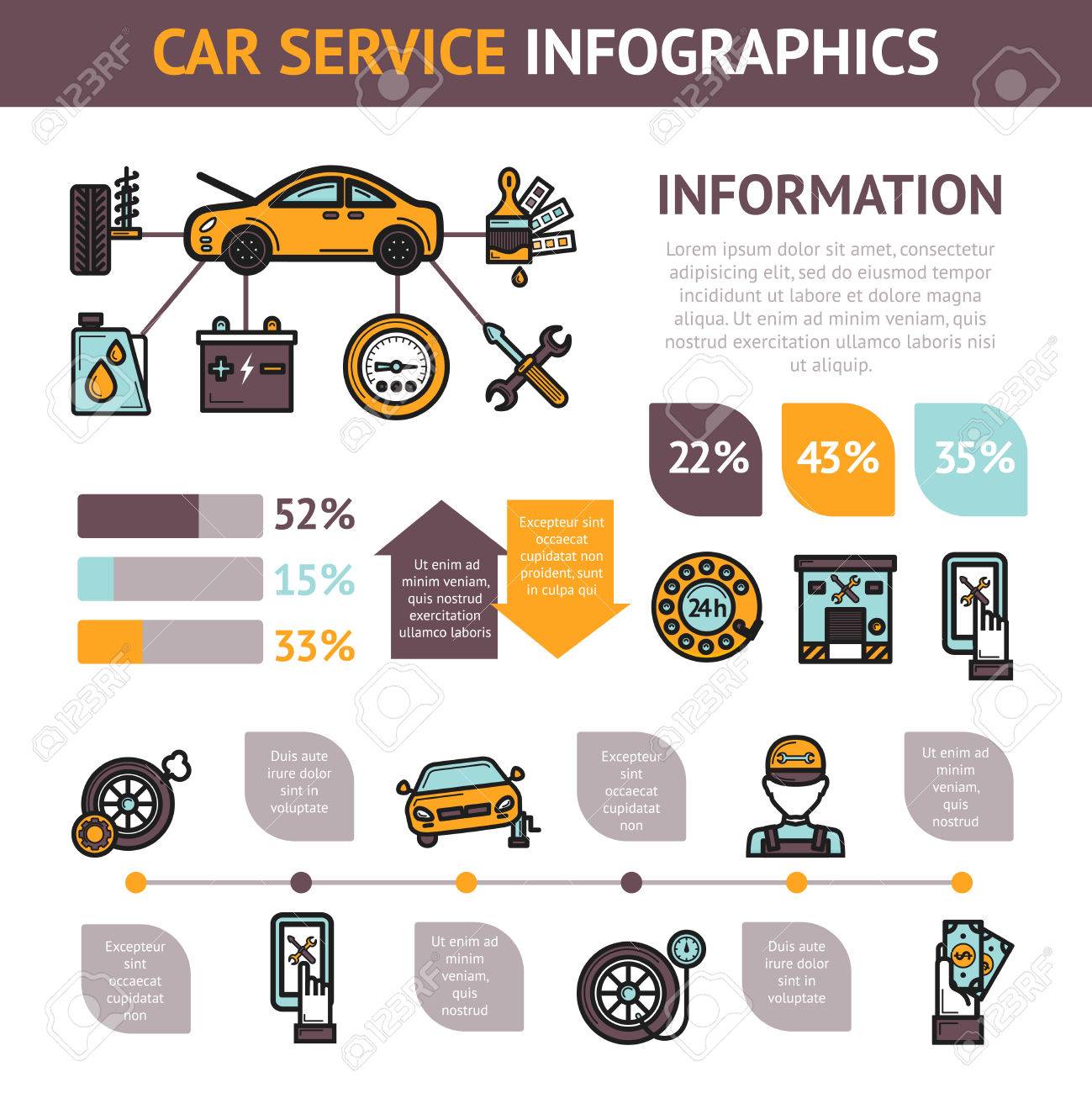Open Up The Hood To Determine Typical Brake System Obstacles And Their Remedies
Open Up The Hood To Determine Typical Brake System Obstacles And Their Remedies
Blog Article
Personnel Author-Maddox White
When it pertains to your car's brake system, recognizing common issues can conserve you from prospective security threats. From identifying brake pad wear to addressing brake liquid leaks, understanding exactly how to tackle these problems is vital. Yet what regarding those squishy brake pedals? There's a solution for that too. Keep tuned to get more information regarding these concerns and the useful options that can maintain you safely when driving.
Brake Pad Wear and Replacement
When it pertains to keeping your vehicle's brake system, one essential element to keep an eye on is the wear and replacement of brake pads. Brake pads are essential elements that press against the brake blades to slow down or quit your lorry. In time, these pads wear down because of friction, needing normal inspection and replacement to guarantee your brakes operate successfully.
To identify if your brake pads need substitute, pay attention for shrieking or grinding noises when you apply the brakes. In addition, if your vehicle takes longer to stop or you see resonances or pulsations when stopping, it might be time to replace the brake pads.
Neglecting used brake pads can cause reduced braking efficiency, damage to various other brake components, or even brake failure.
Changing mechanic school near me is a relatively straightforward procedure for lots of vehicles. Nevertheless, if you're unsure or uncomfortable executing this job, it's best to consult a professional mechanic to make certain appropriate installation and optimal brake efficiency.
Frequently checking and replacing https://www.thisisardee.ie/2022/07/25/car-repair-services-market-share-industry-growth-and-technology-forecast-to-2028-continental-3m-company-monro-advance-auto-parts-oreilly-auto-parts/ is important for your security and the longevity of your lorry's braking system.
Brake Fluid Leaks and Maintenance
To guarantee your car's brake system functions efficiently, it is necessary to likewise take notice of brake fluid leaks and maintenance. Brake liquid is crucial for transmitting the force from your foot on the brake pedal to the actual stopping device. https://gregoryqlezt.blogvivi.com/30923891/prepare-yourself-to-discover-the-surprise-gems-of-car-service-center-and-get-insight-into-the-essential-services-they-give with brake liquid is leakages, which can happen due to deteriorated brake lines, seals, or connections. If you observe a pool or drips under your cars and truck, it's essential to address the leak immediately to avoid a potential brake failing.
Frequently examining your brake fluid degree is crucial to maintaining your brake system. Low brake liquid can result in air going into the brake lines, which jeopardizes braking efficiency.
Furthermore, old or polluted brake fluid can influence the total performance of your brakes. It's suggested to adhere to the supplier's standards on when to alter the brake fluid, typically every 2 years.
Spongy Brake Pedal: Bleeding Brakes
If you've ever before experienced a mushy brake pedal while driving, you comprehend the importance of keeping a firm and receptive stopping system. One typical source of a mushy brake pedal is air caught in the brake lines. When air gets in the brake system, it can result in a loss of hydraulic pressure, leading to that upsetting spongy feeling when you push the brake pedal.
To solve this concern, bleeding the brakes is necessary. Bleeding the brakes entails getting rid of the air from the brake lines to restore appropriate hydraulic pressure.
To hemorrhage the brakes, you'll require an assistant to assist you. Begin by finding the brake bleeder shutoff on each wheel, generally discovered near the brake caliper. With a wrench, loosen the valve and have your helper press the brake pedal while you observe any kind of air bubbles appearing. Repeat this process for each wheel, starting from the wheel farthest from the master cyndrical tube and moving better.
As soon as you no longer see air bubbles and just clear liquid arises, tighten the valve and top up the brake fluid tank as required. Hemorrhaging the brakes helps make sure a company brake pedal and enhances overall braking efficiency.
Final thought
Now that you recognize typical brake issues and just how to fix them, you can guarantee your car's safety and performance. Remember to pay attention for warning signs like screeching sounds or squishy brake pedals, and resolve them promptly. Regular maintenance and timely replacements are crucial to keeping your brakes in top problem. Remain positive and conscientious to your brake system to delight in secure and reputable driving experiences.
